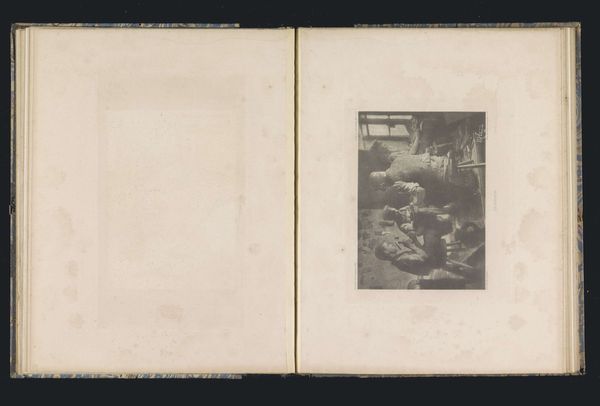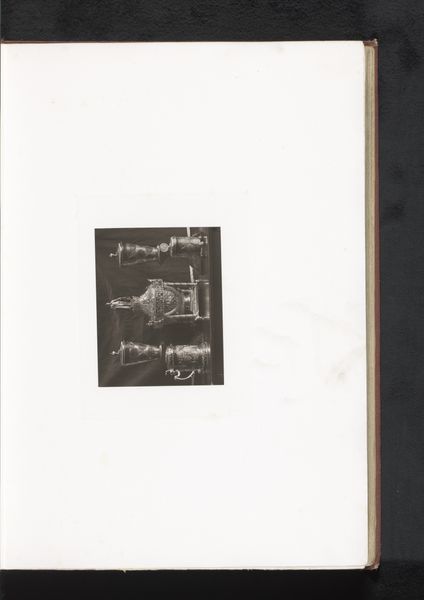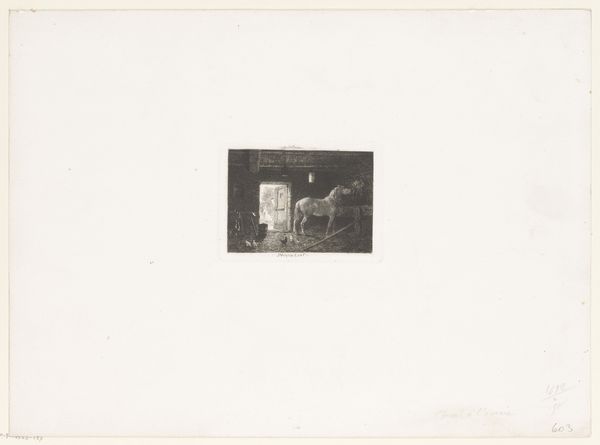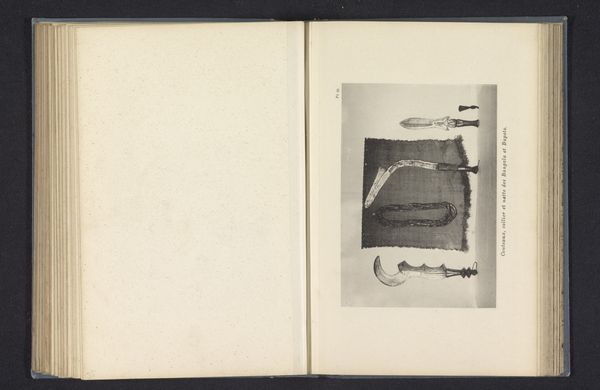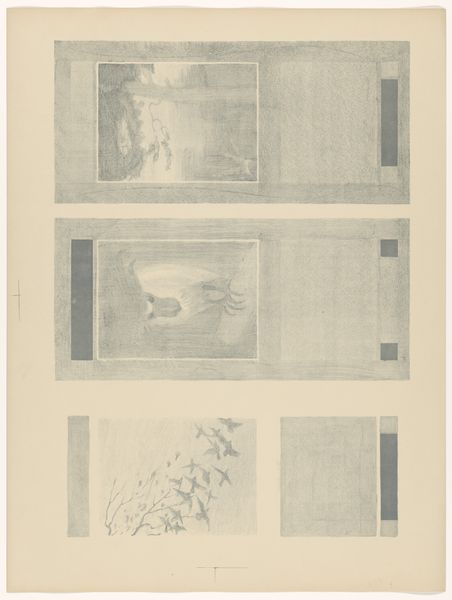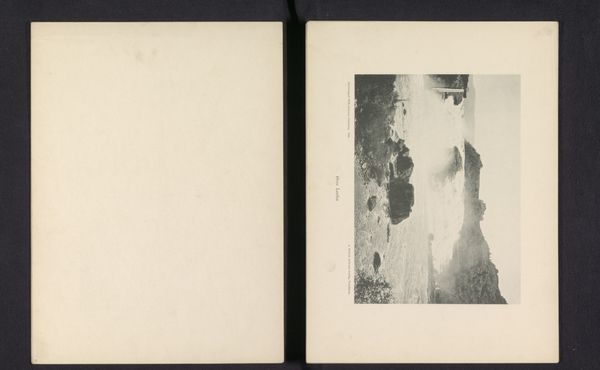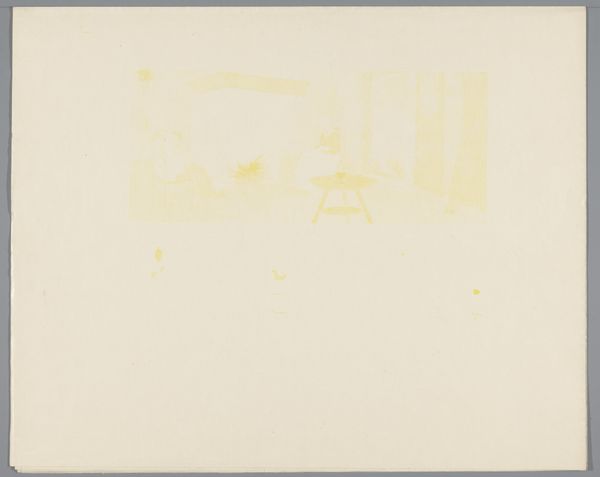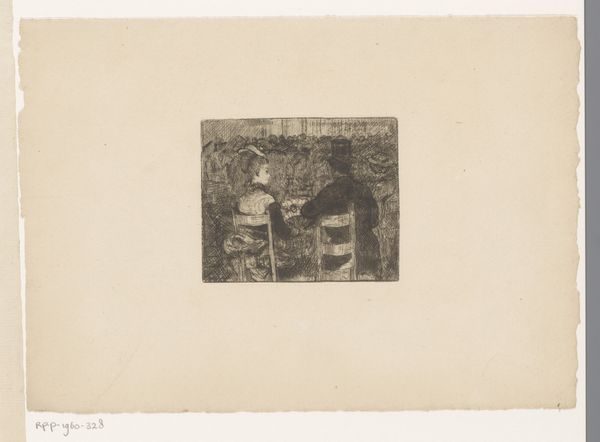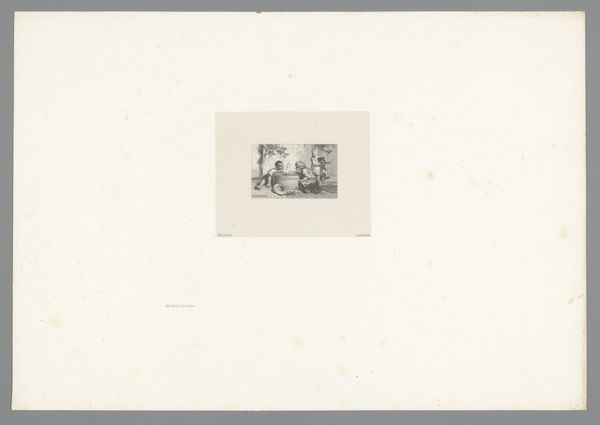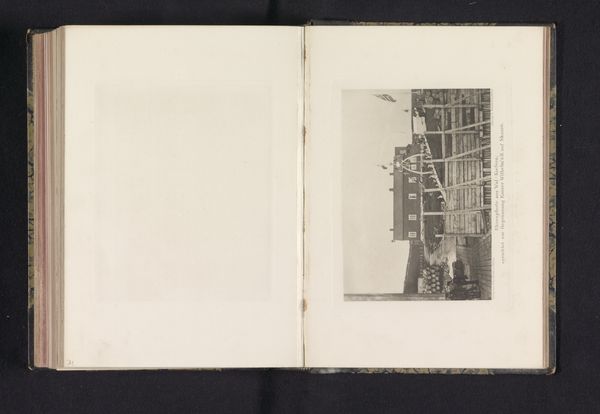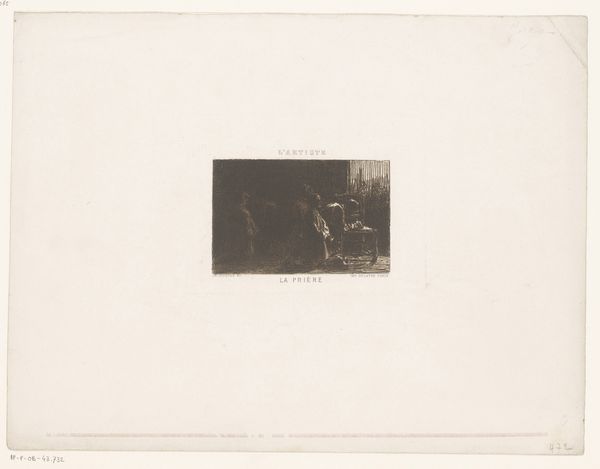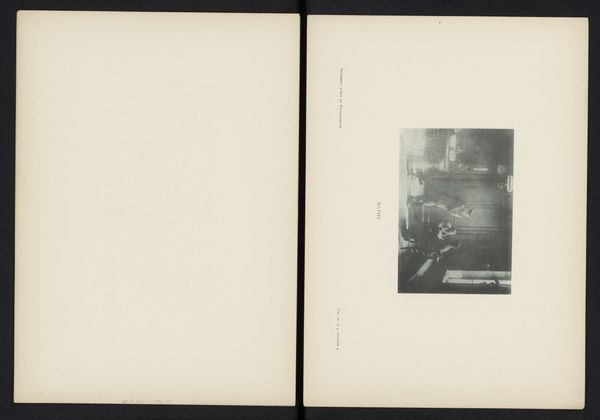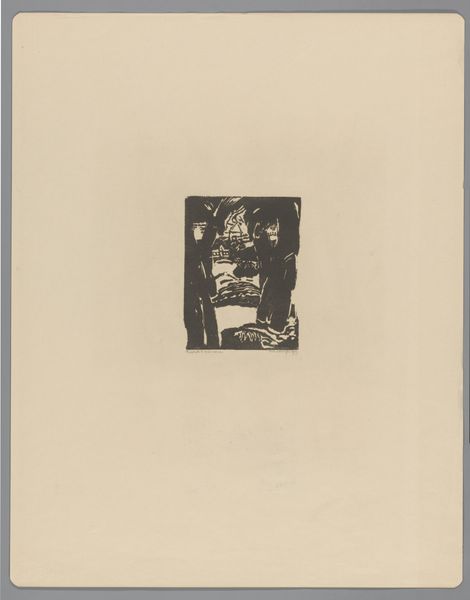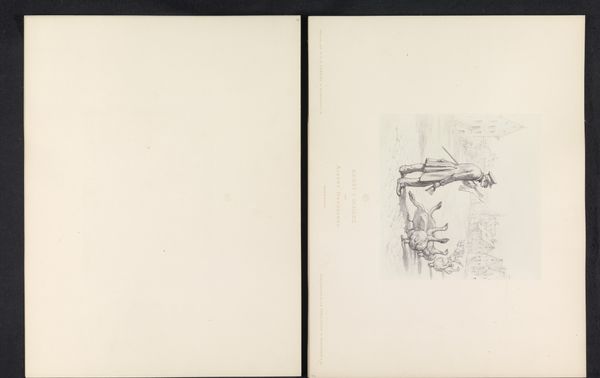
Kalender voor 1903-1904 van de Verzekering-Maatschappij Holda in Amsterdam before 1903
0:00
0:00
print, typography, poster
#
art-nouveau
# print
#
landscape
#
typography
#
geometric
#
poster
Dimensions: height 850 mm, width 1060 mm
Copyright: Rijks Museum: Open Domain
Curator: Soothing! It's like peeking into a sun-washed memory. Editor: We're looking at Ferdinand Hart Nibbrig's "Kalender voor 1903-1904 van de Verzekering-Maatschappij Holda in Amsterdam", which translates to Calendar for 1903-1904 of the Holda Insurance Company in Amsterdam. Produced before 1903, it’s a fascinating example of early 20th-century advertising that combines art and commerce. It's primarily a print, using typography and, it seems, some kind of process printing technique. Curator: The way he uses that limited palette of, what, one color?—besides the cream of the page itself? The entire atmosphere speaks of hearth and home, so gentle. It almost lulls you into trusting Holda with, I don't know, all your worldly possessions! Editor: Well, insurance relied on that implicit trust. Note how Nibbrig leverages the Art Nouveau style to elevate the work. You're not just buying insurance, you're buying into a lifestyle—safe, domestic, cared for. Look closely and you’ll notice how the formal, geometric construction creates an ordered world where insurance offers that layer of additional protection. It also blends in the landscape with the interior through an unseen horizon. Curator: Oh, absolutely! The interplay between those simple, stylized shapes—the stark rectangles against that hazy background— it creates this really compelling sense of calm and certainty, doesn't it? A safe little Dutch interior. Editor: It does. We can read this poster as not just an advertisement but also as an index of values that connect geometric forms with landscape through production methods with a vision of bourgeois security at the turn of the century. Curator: So, not just a pretty picture, then. Though, really, the subtle gradations within the single hue... utterly charming. Even knowing it's advertising doesn't take away that quiet power, does it? Editor: Not at all. The clever design here is a reminder that we live within complex visual structures from the calendar days indicated at the bottom to the idealized landscape. It has indeed shaped our past perception of life, consumption, and now it shapes our future interpretation of a past Dutch company!
Comments
No comments
Be the first to comment and join the conversation on the ultimate creative platform.
